Foam has become part of the establishment. In ten years time the photography museum has claimed its place within the Dutch and international art scene. With a record breaking 211 000 visitors in 2011 it nowadays sometimes gets difficult to catch a glimpse of the pictures on display. Curator Colette Olof, who started at Foam shortly after its opening, strongly helped shaping the museum.
Over coffee at her Amsterdam apartment we talk about the success of Foam, her position as a curator, and the challenge of staying a trailblazer while sharing time between work and raising two children with her French husband Yannick Bouillis – the founder of OFFPrint Paris, a platform dedicated to contemporary photography and image making. Although Dutch born and raised Colette by appearance could also pass for a Parisian or New Yorker. But Amsterdam truly is her hometown. ‘I am of the generation when borders are still present.’
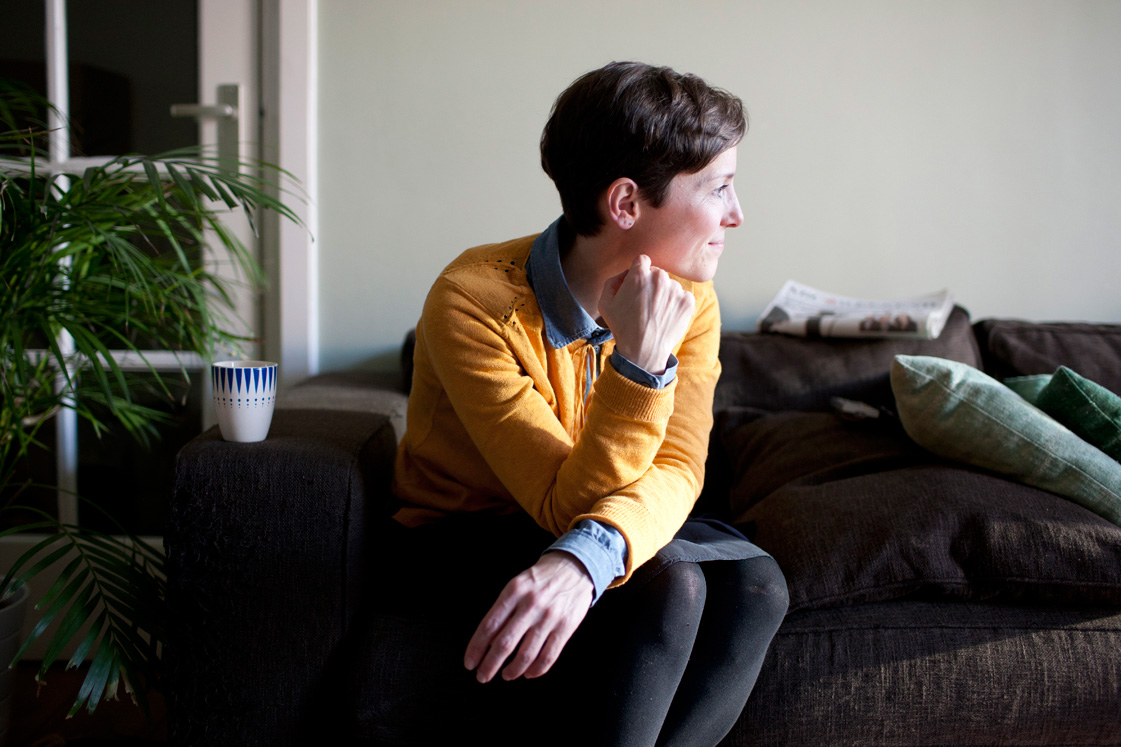
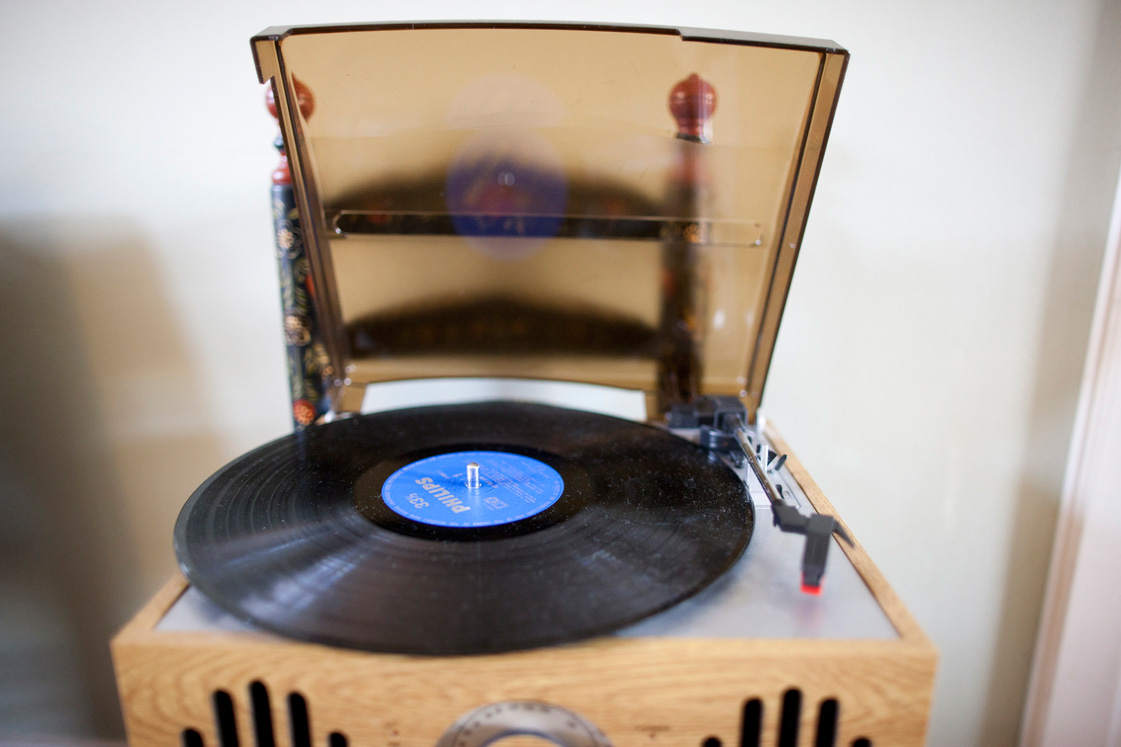
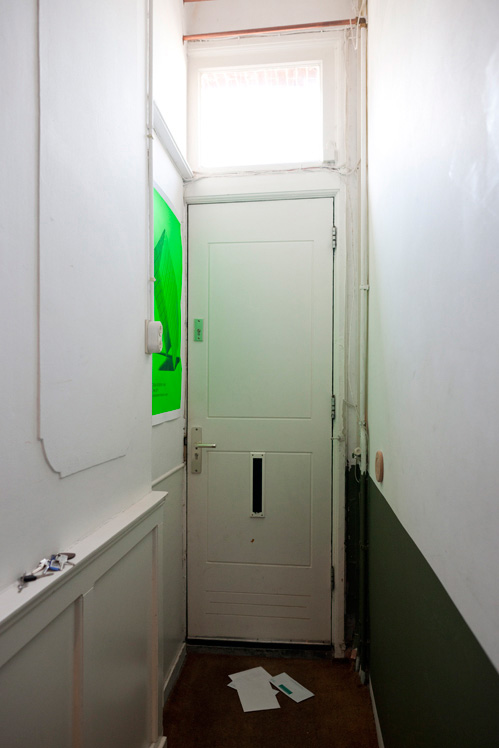
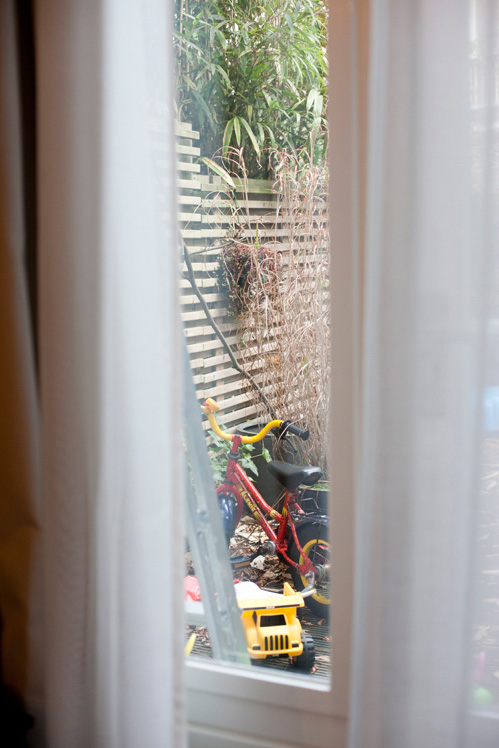
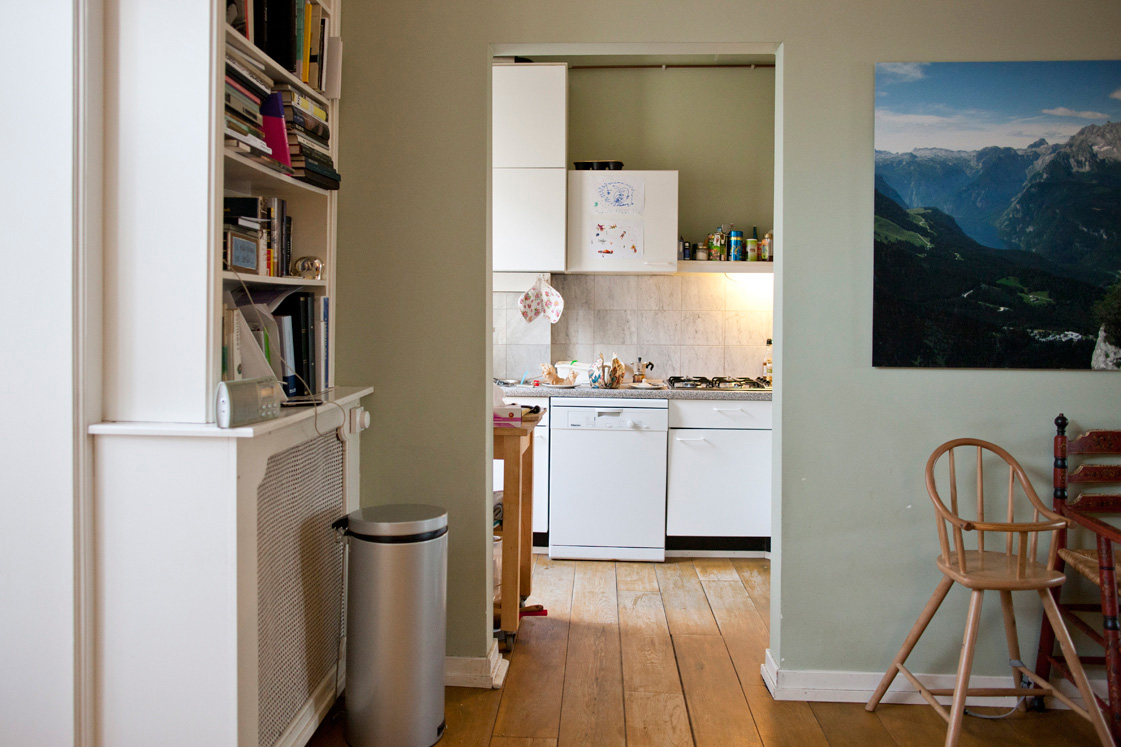
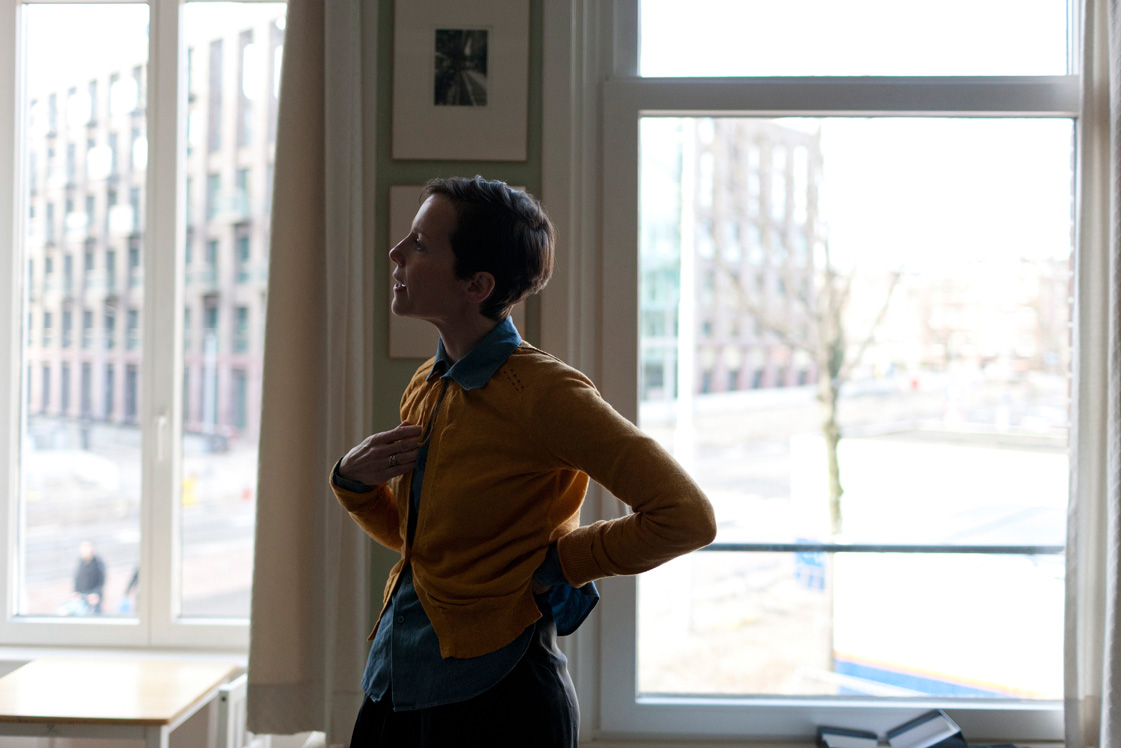
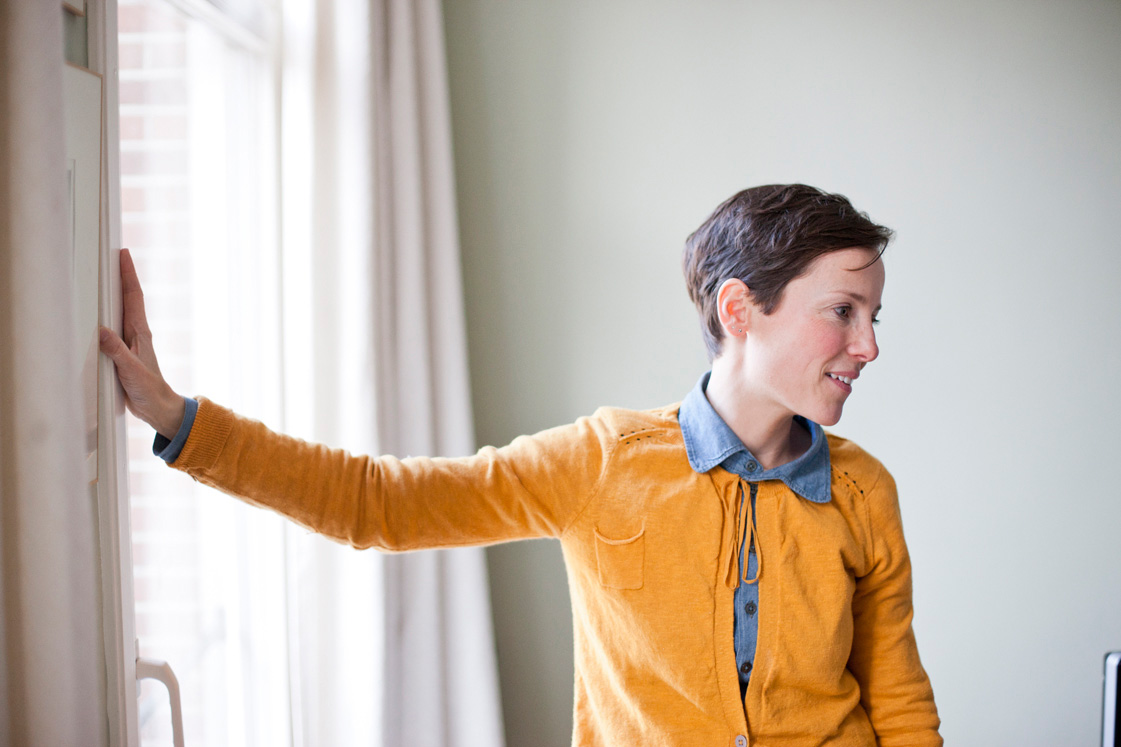
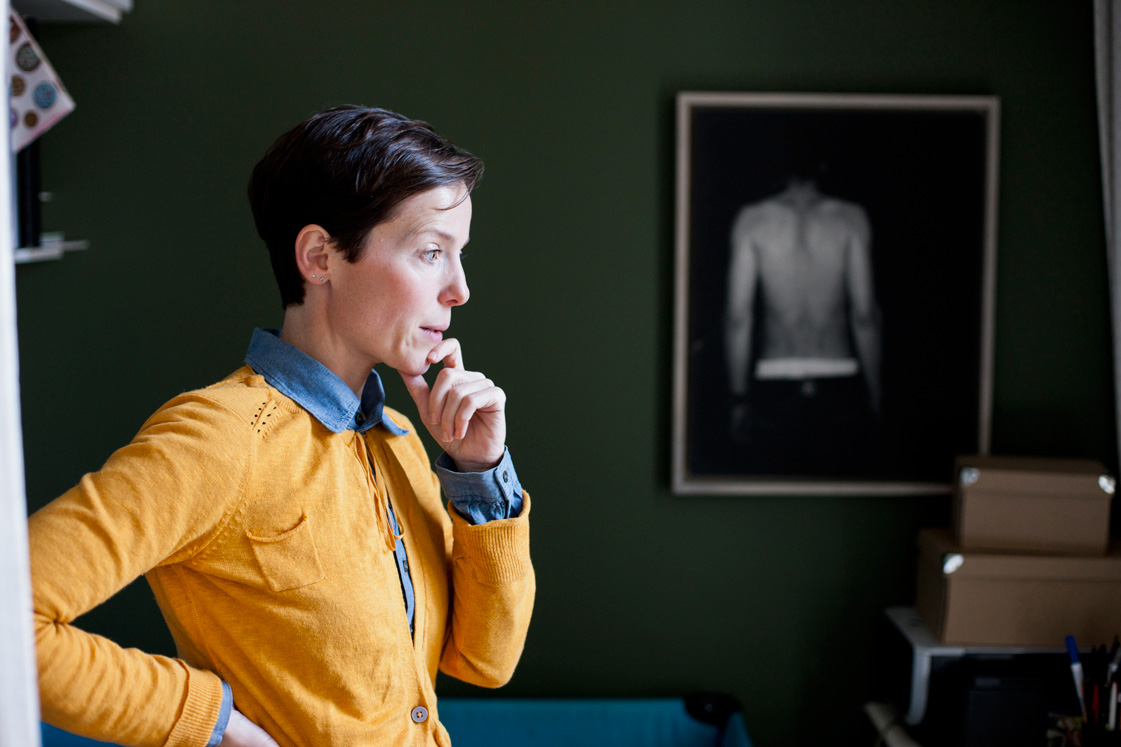
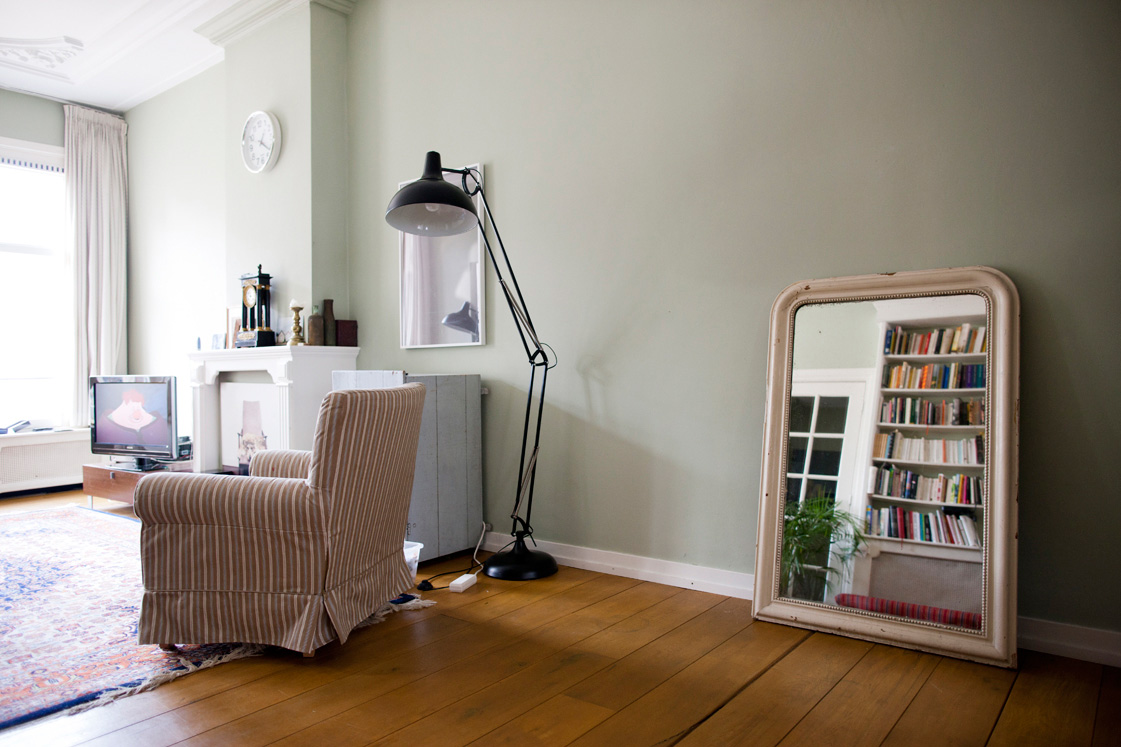
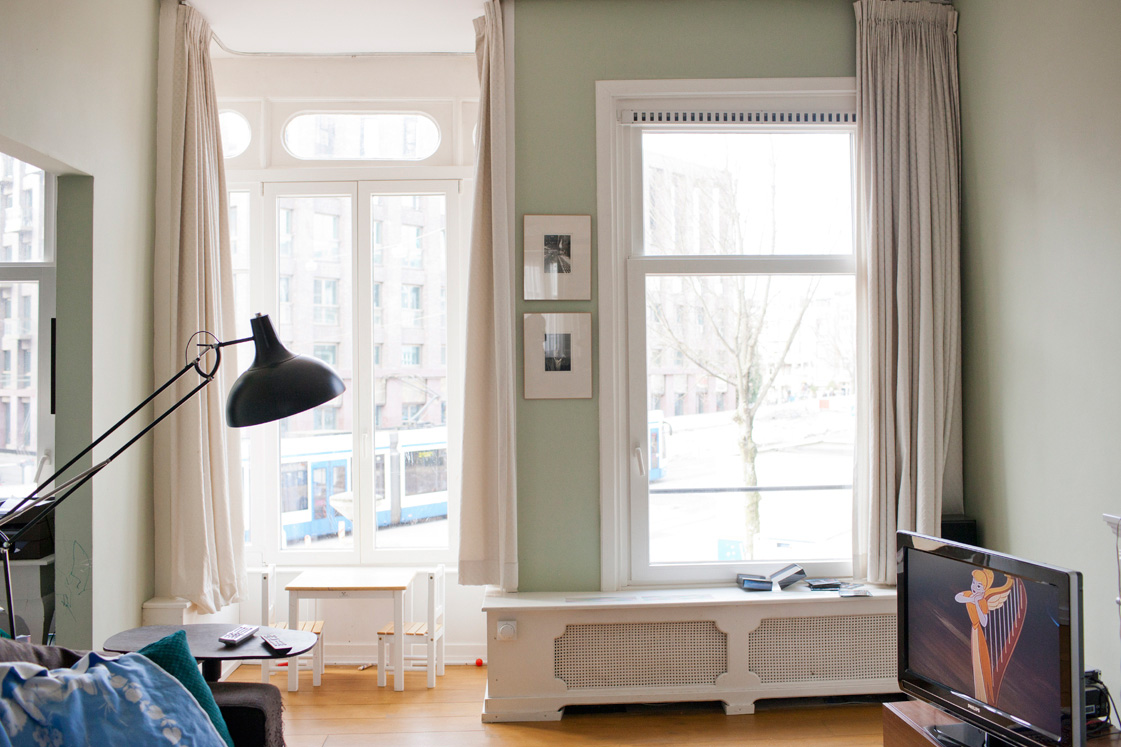
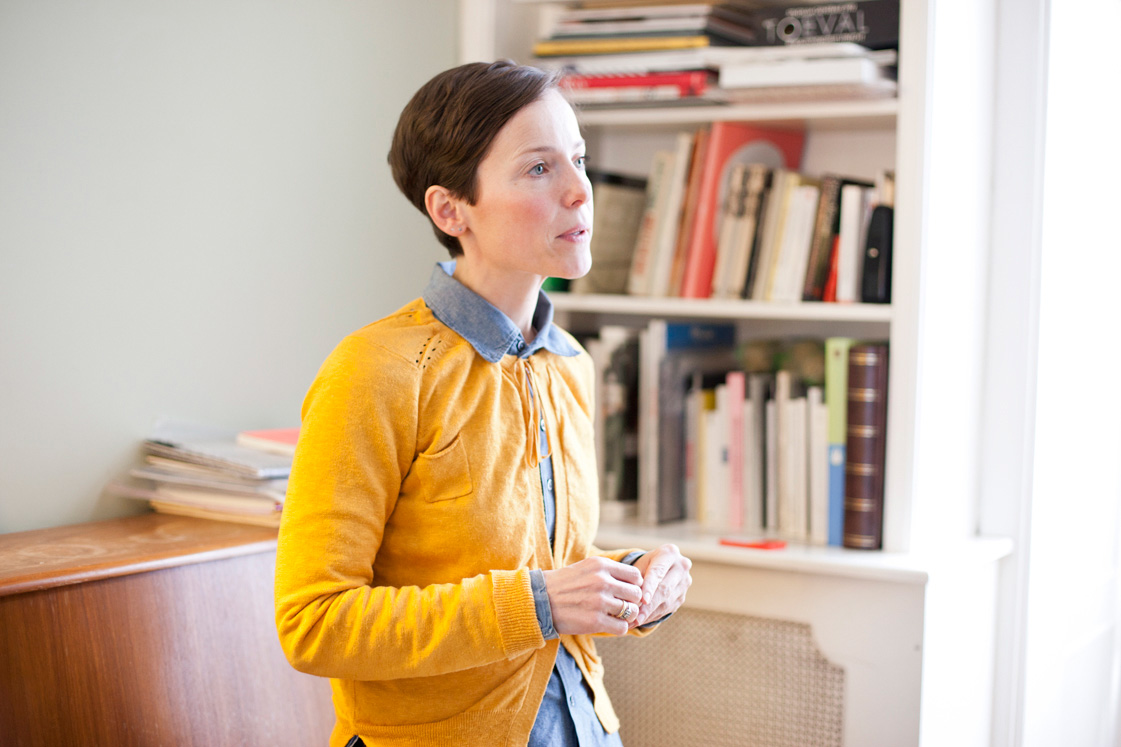
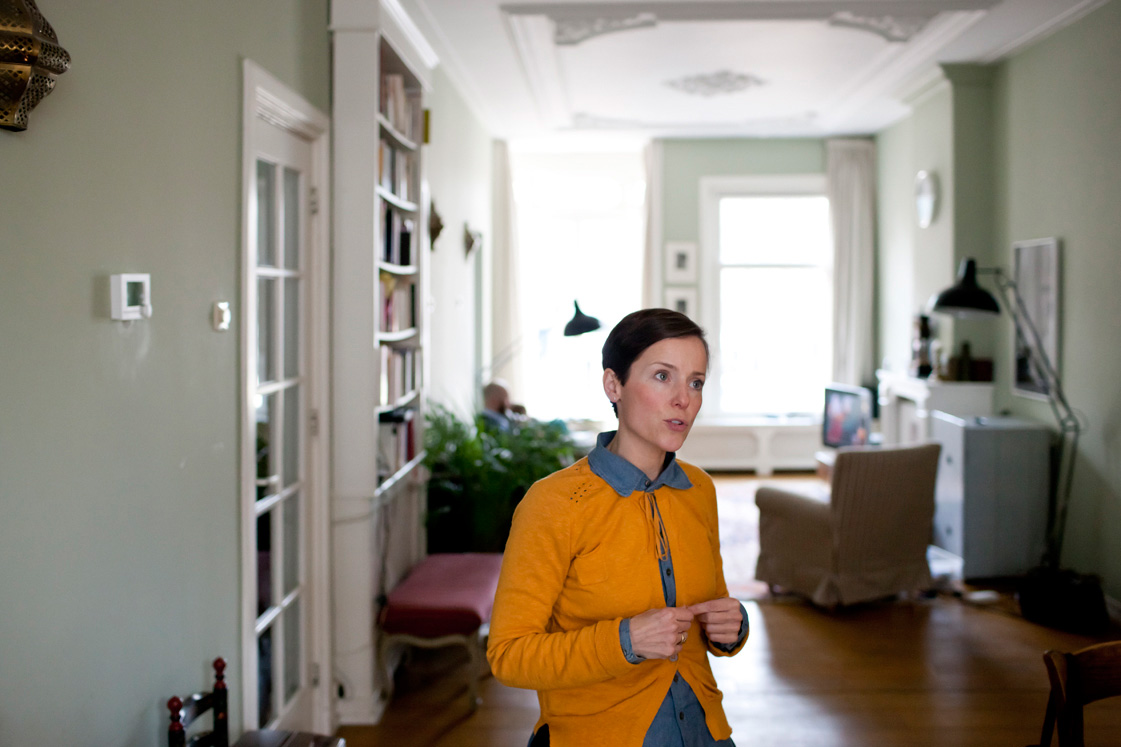
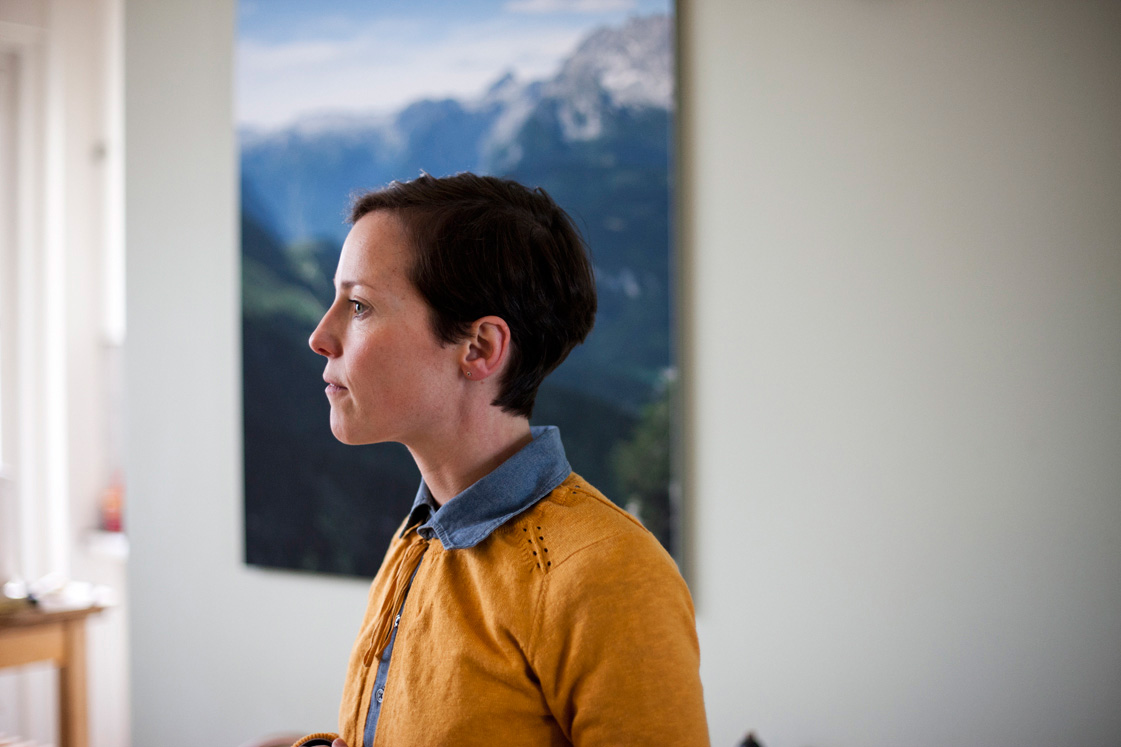
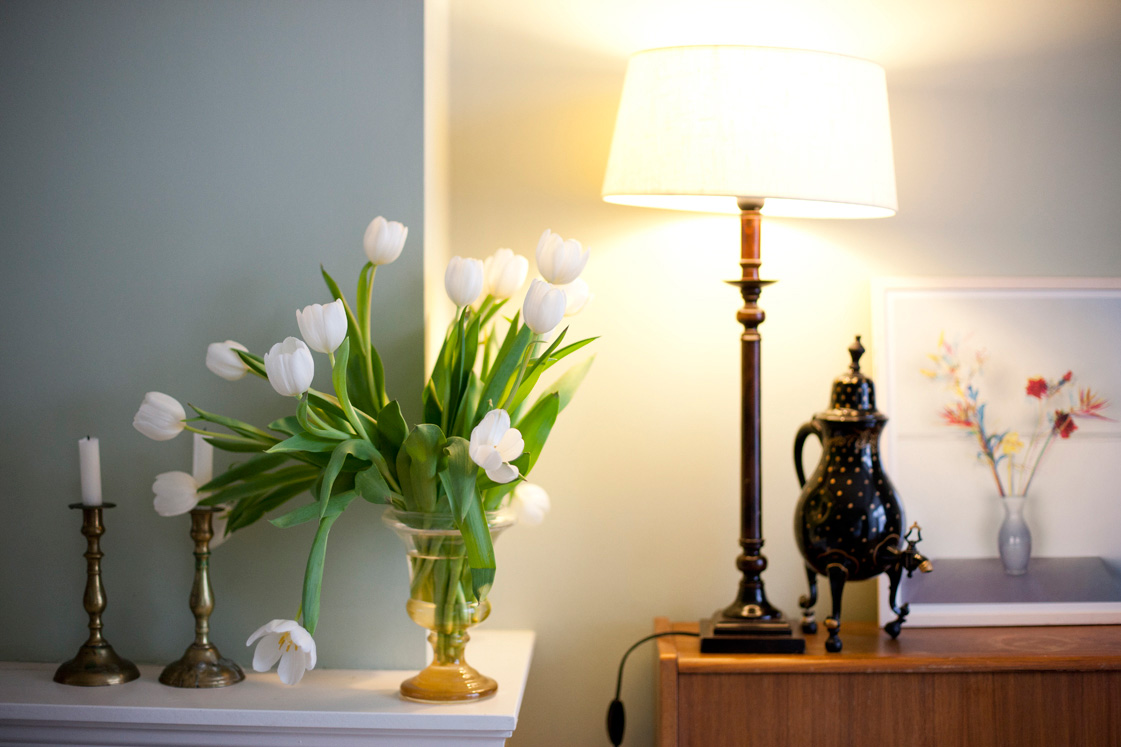
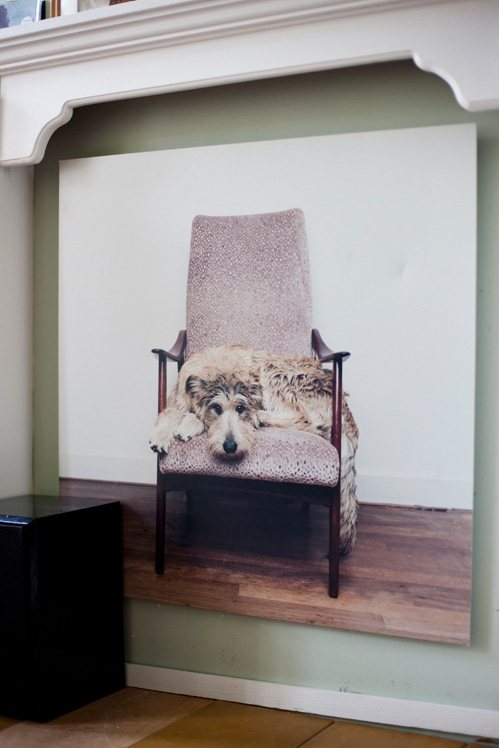
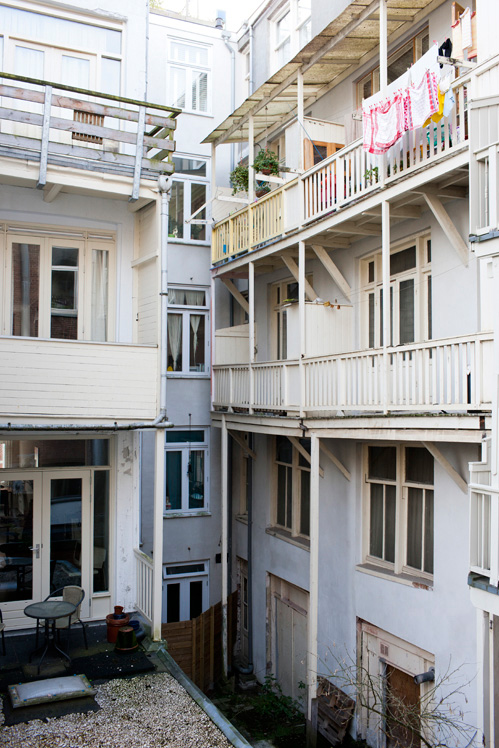
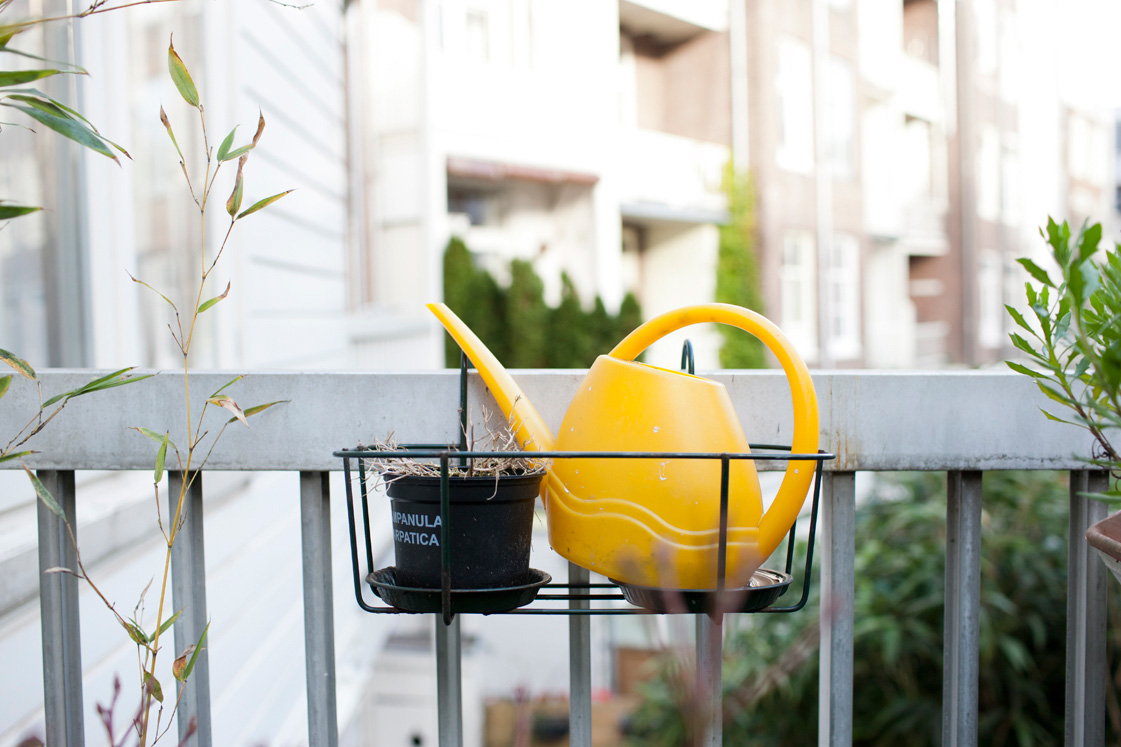
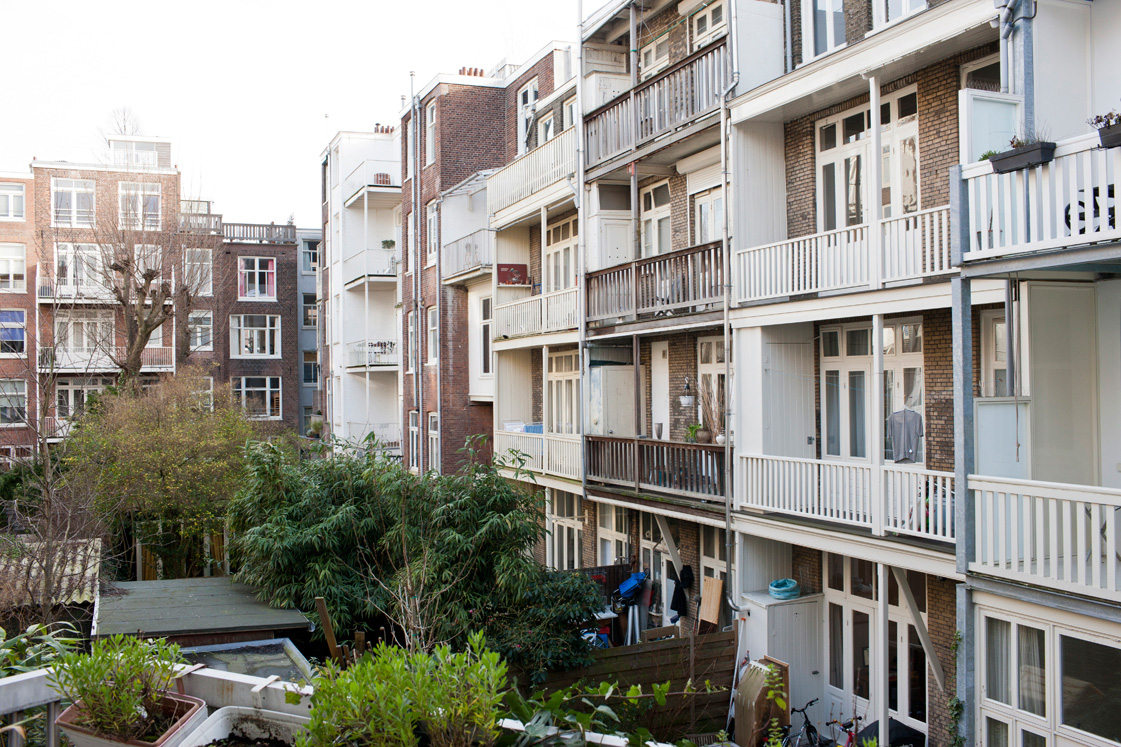
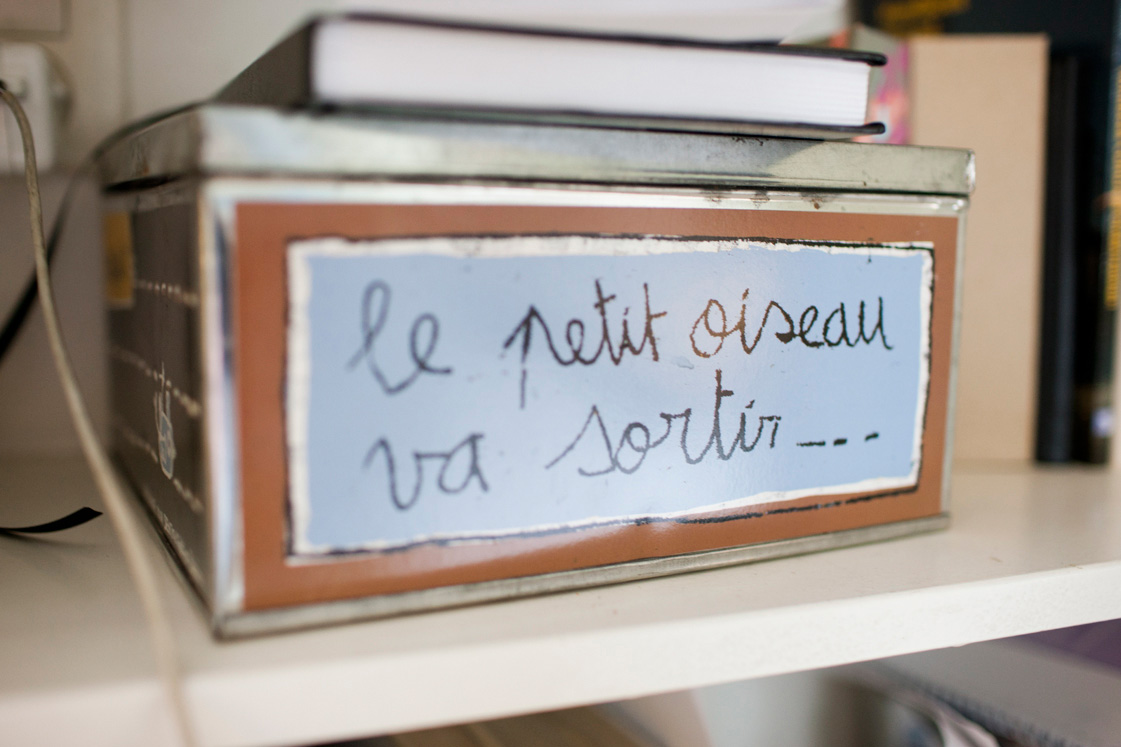
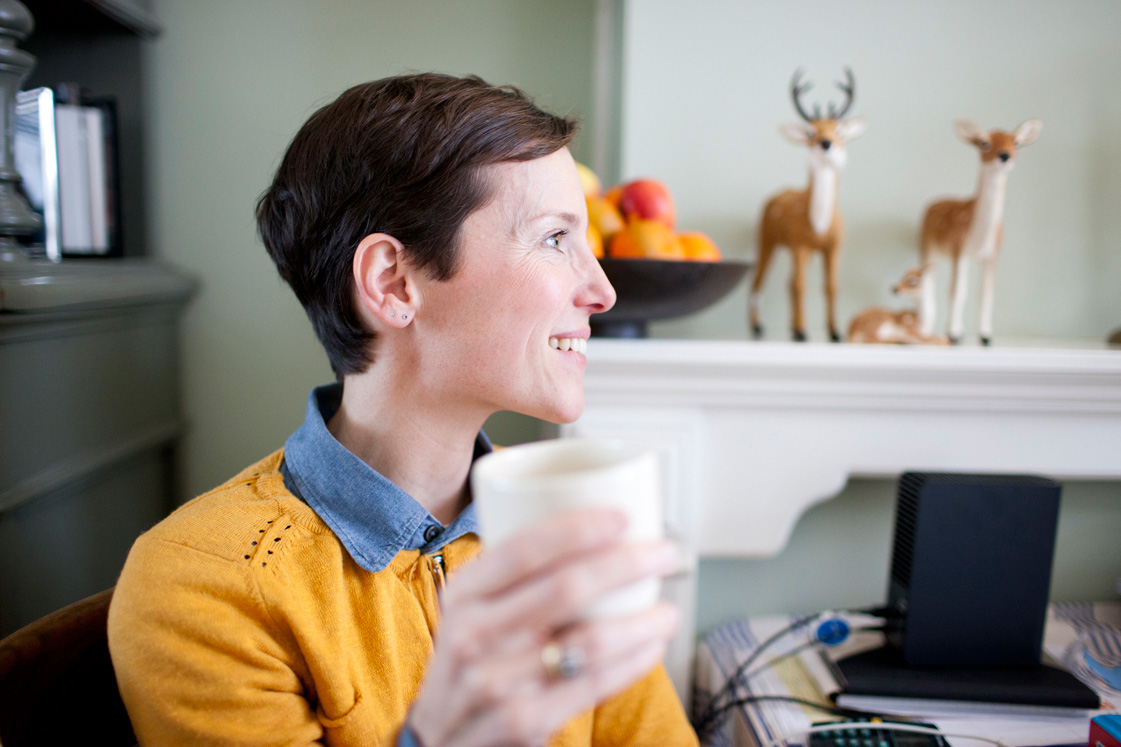
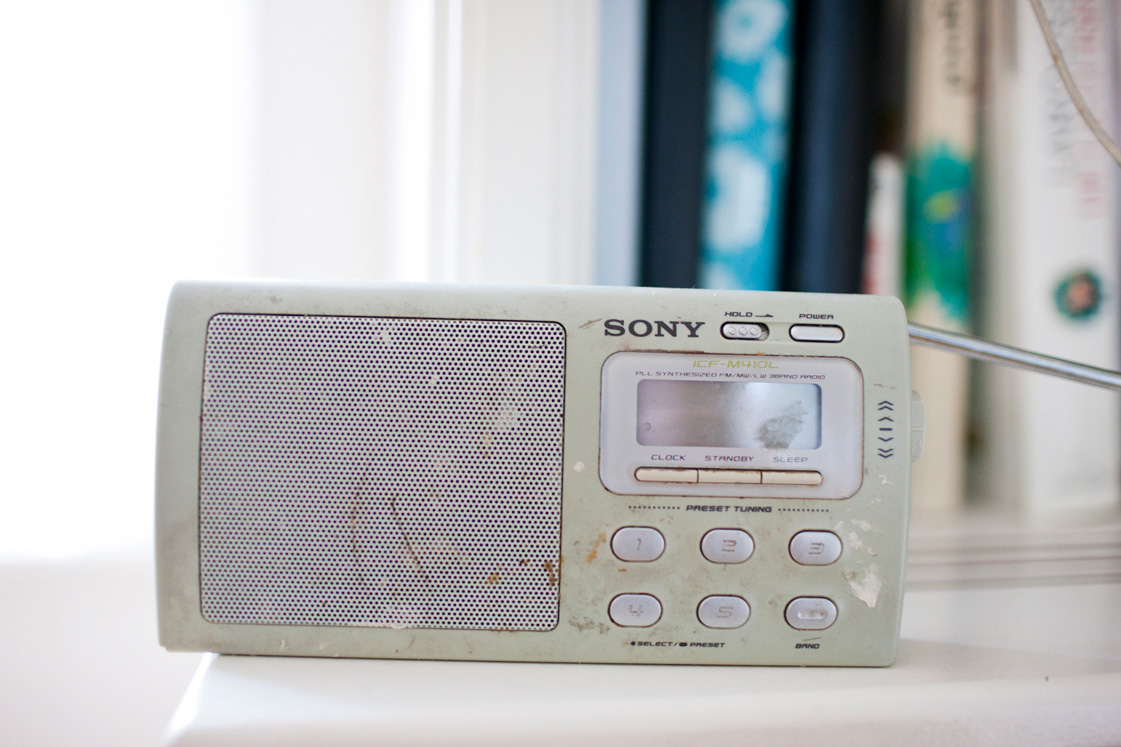
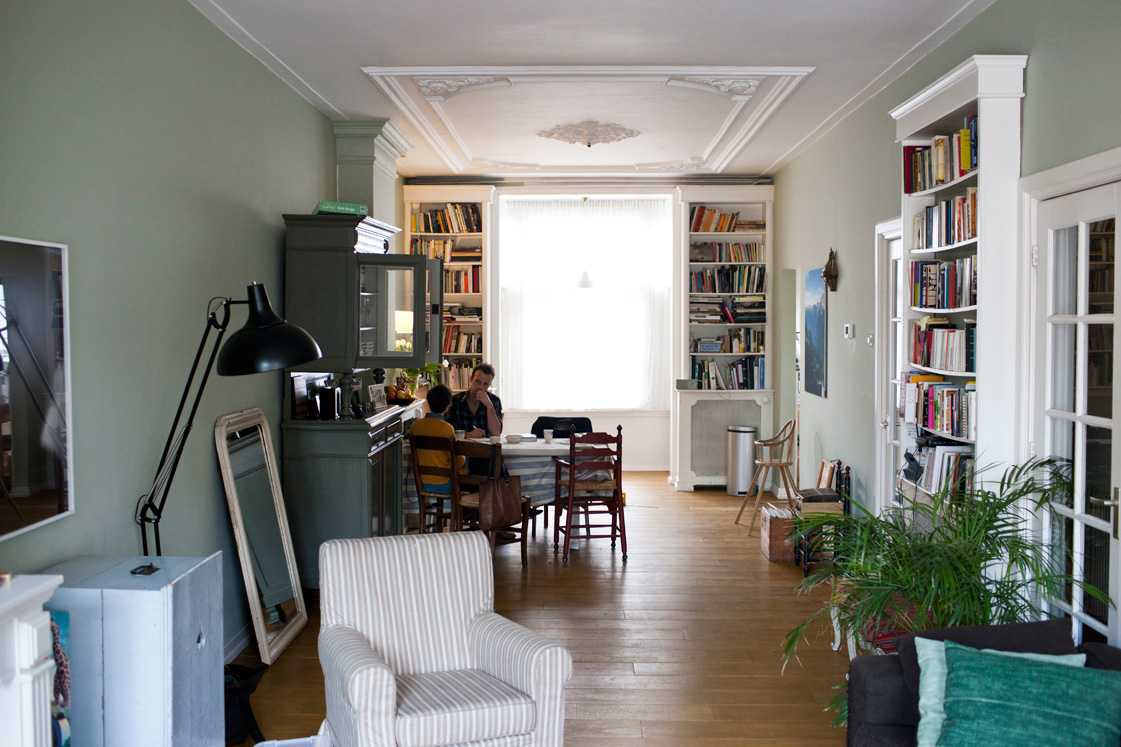
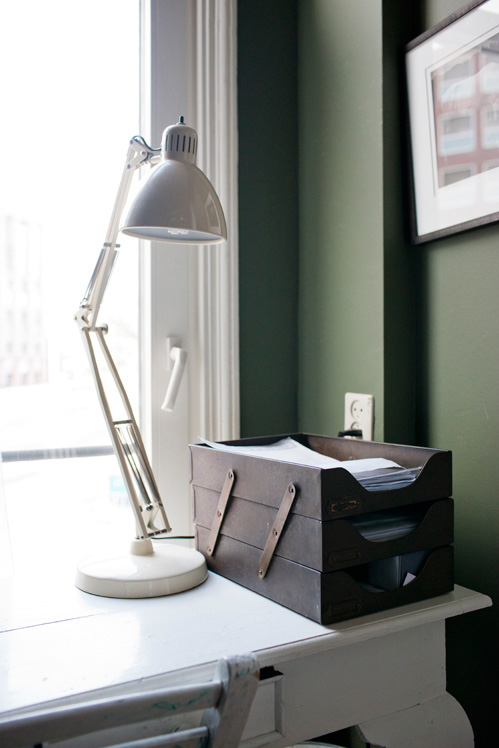
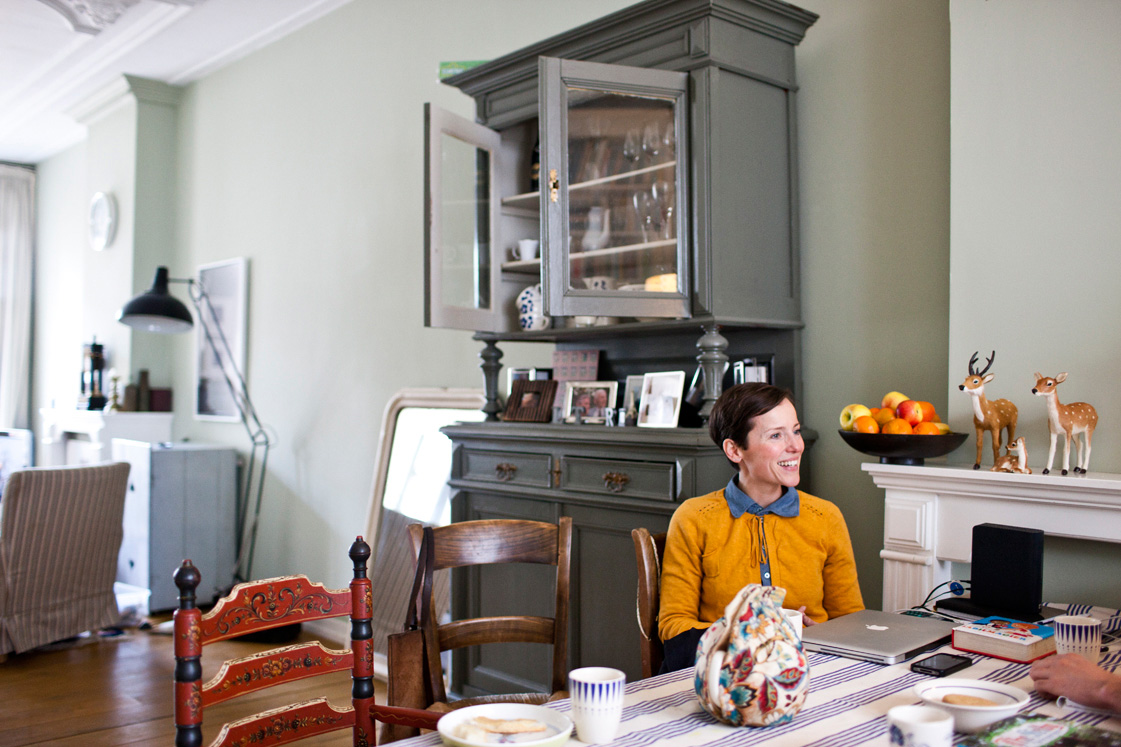
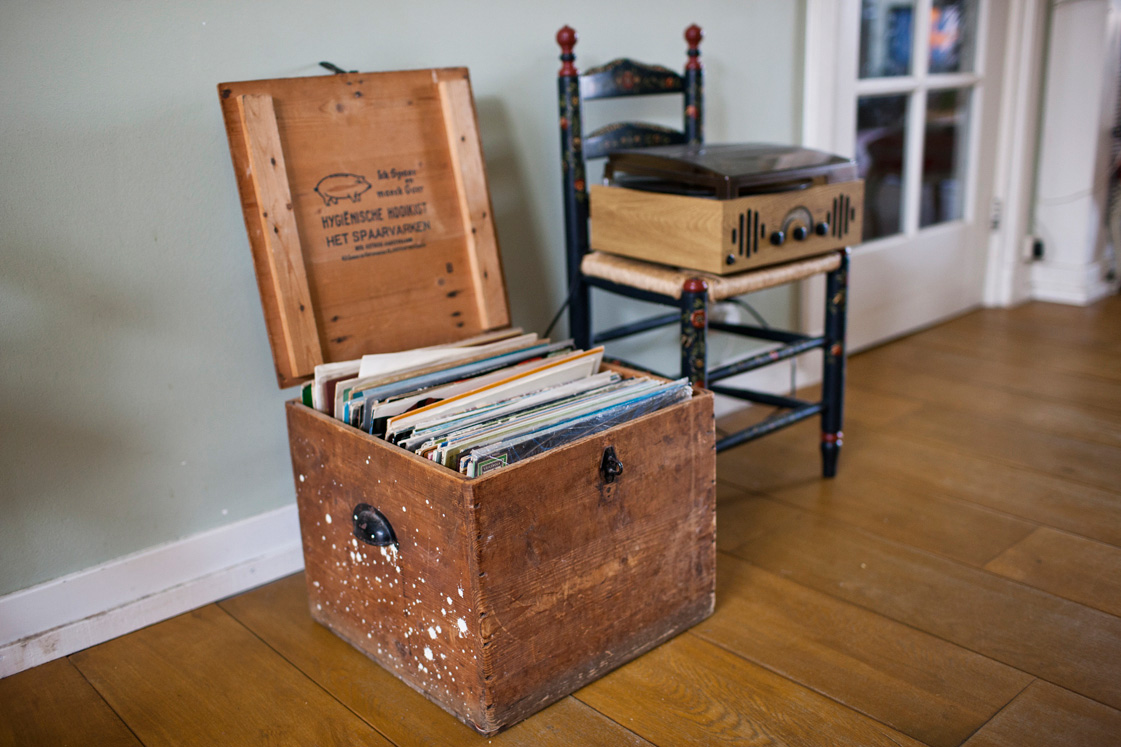
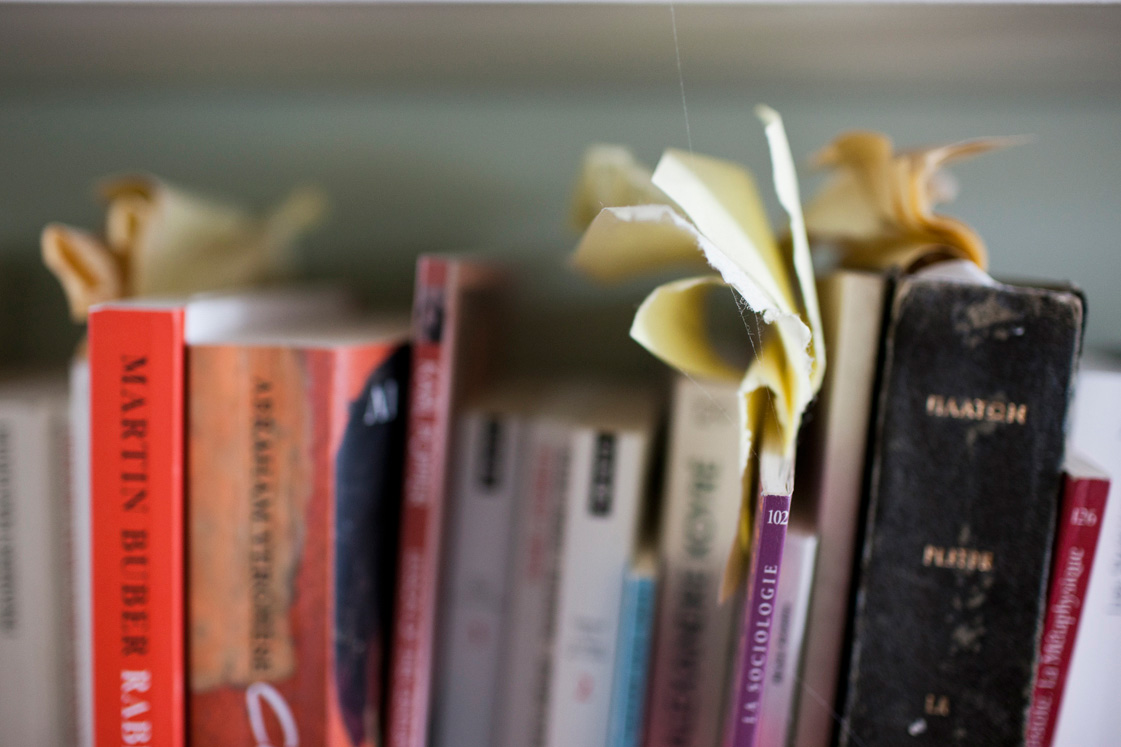
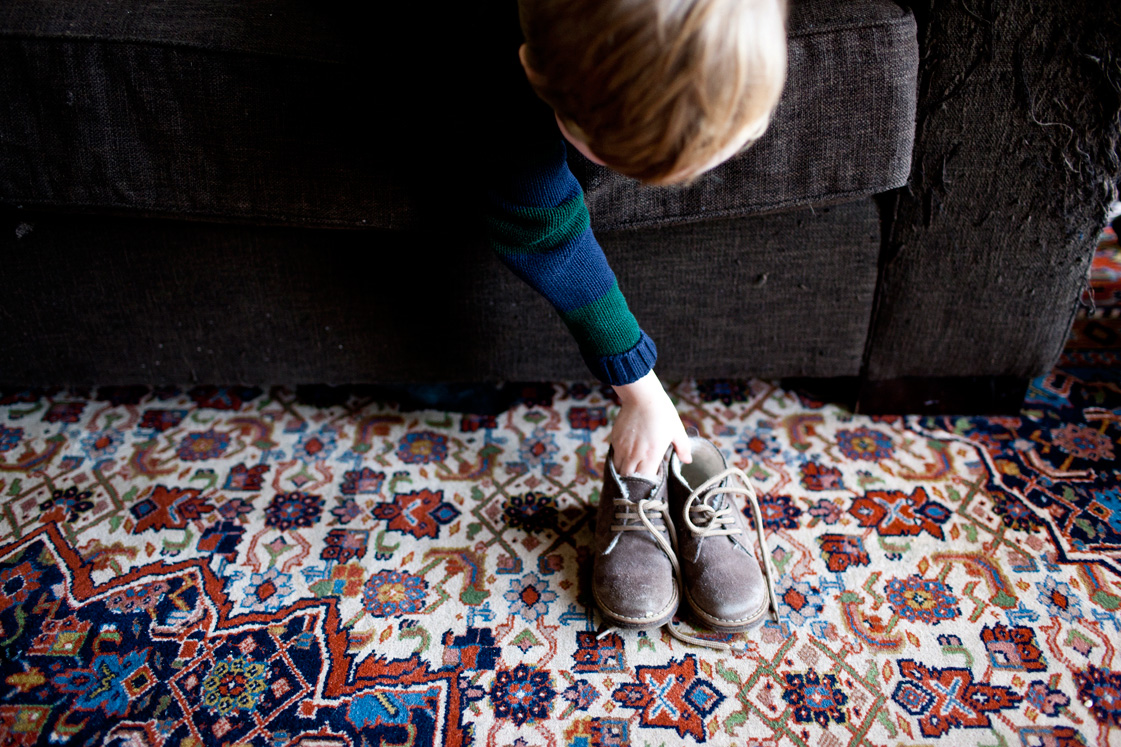
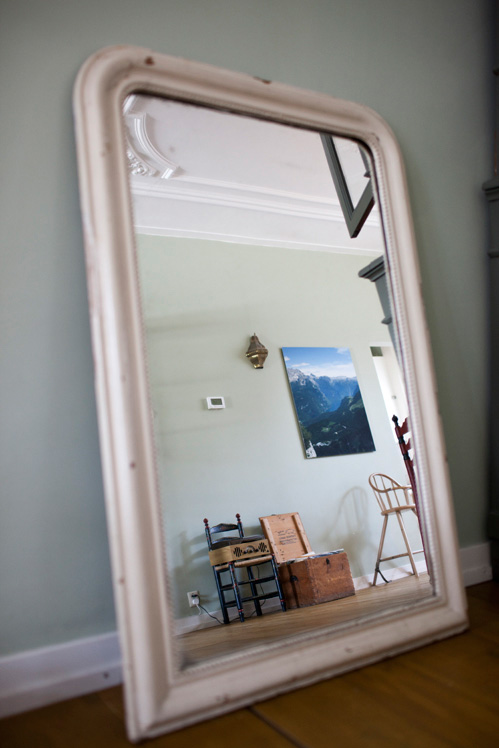
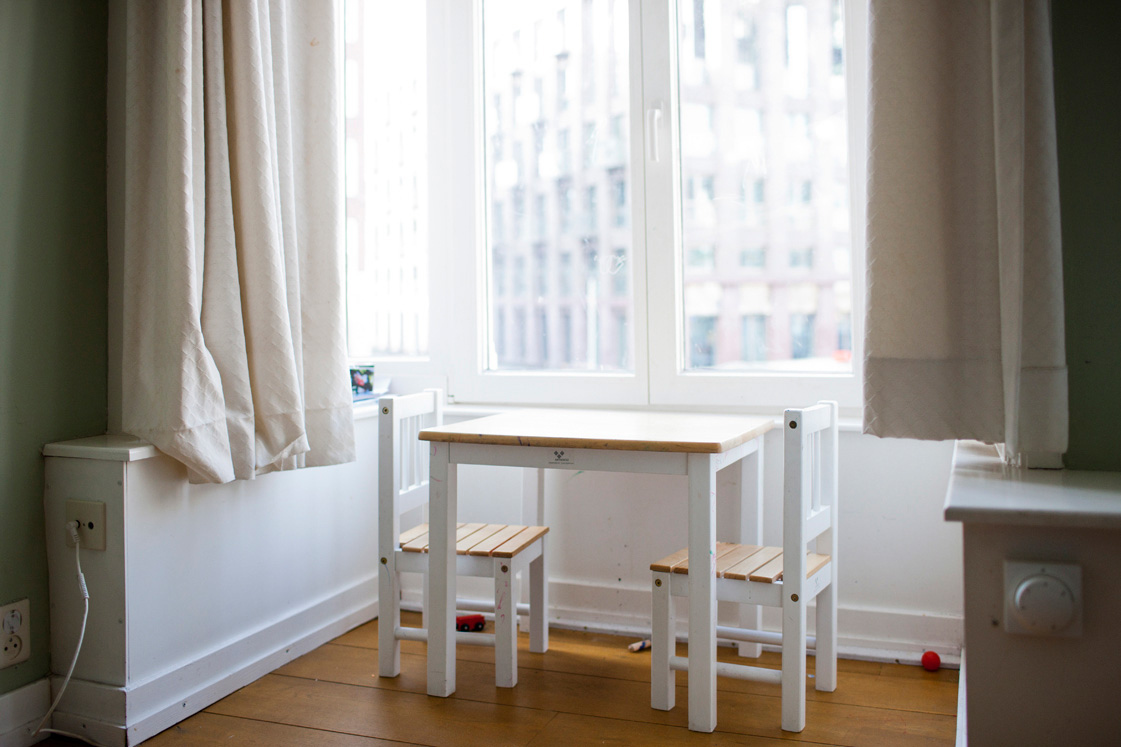
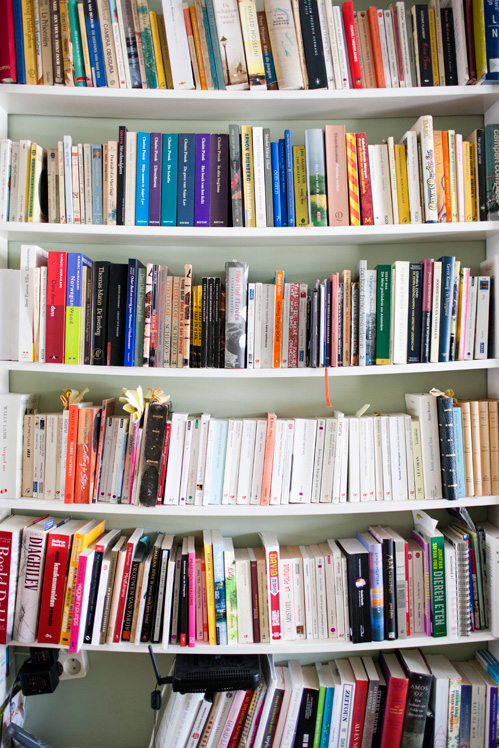
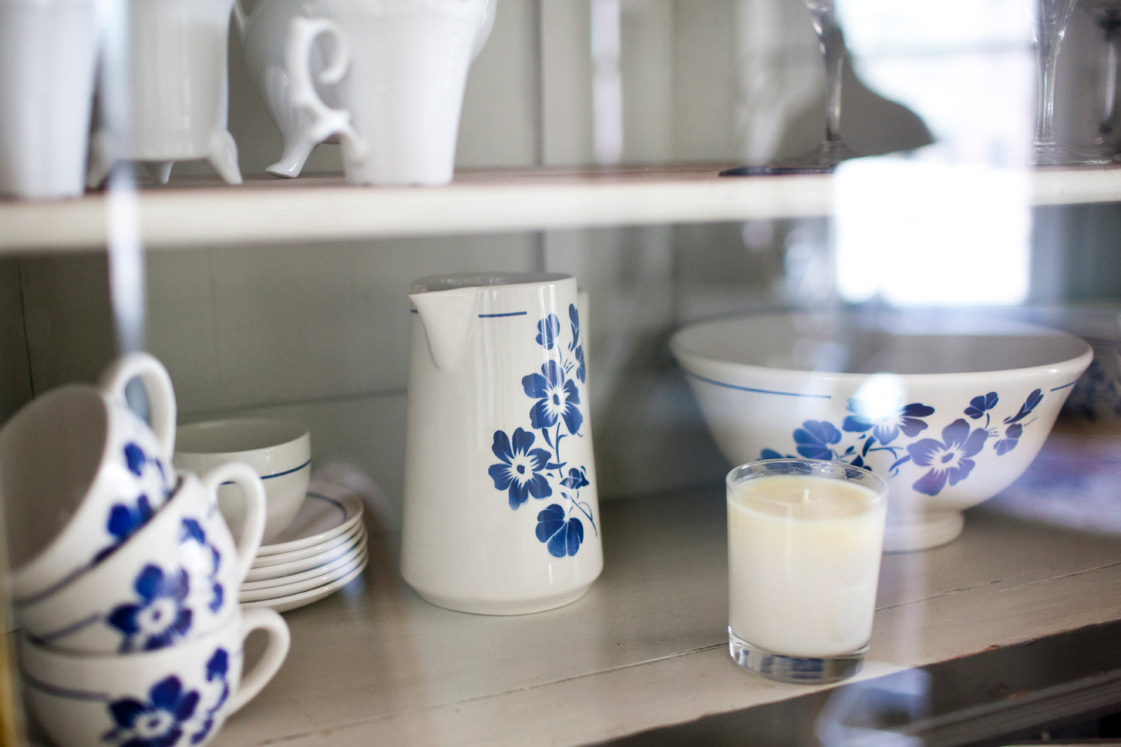
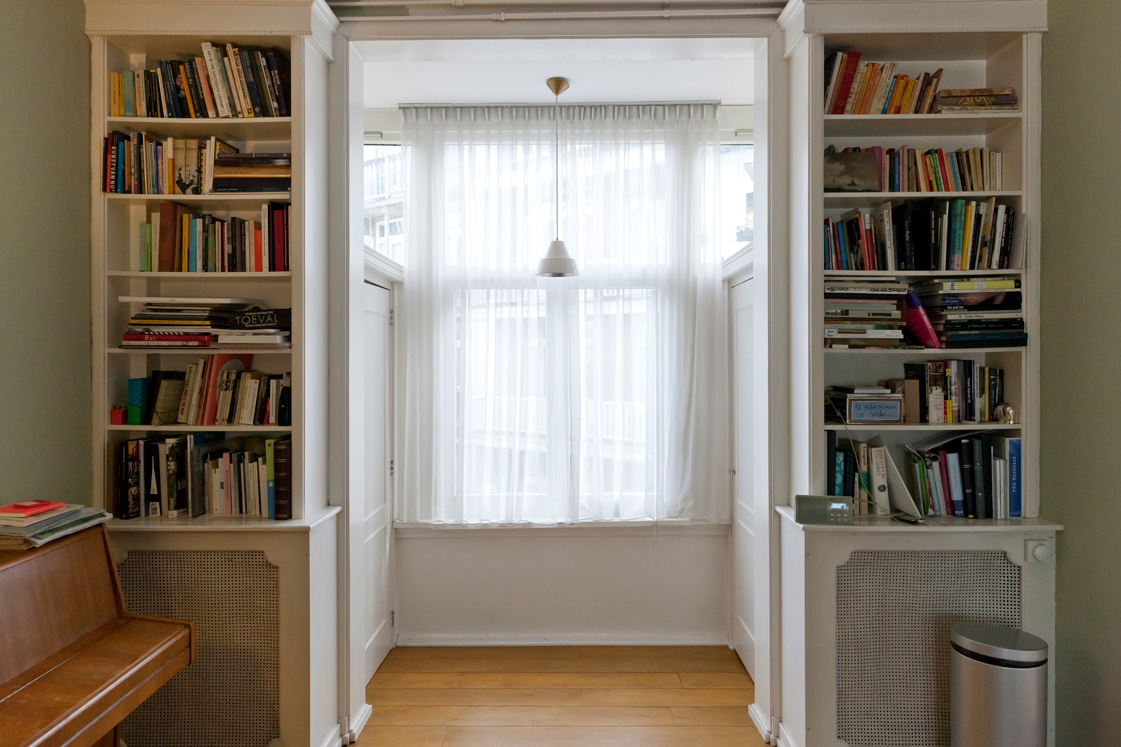
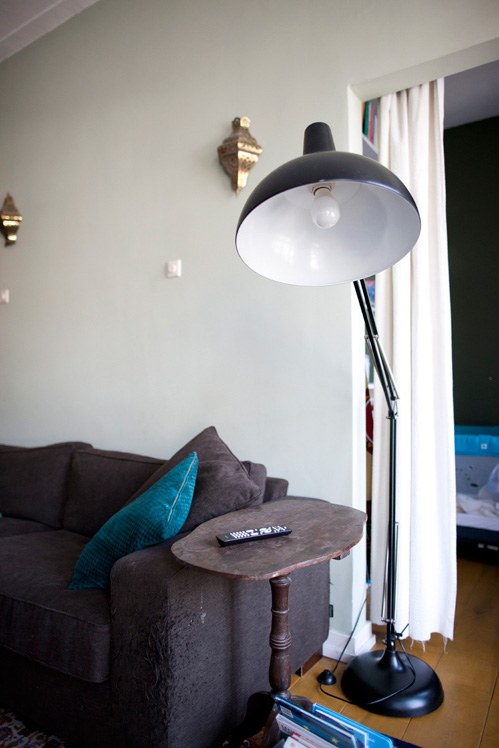
As one of the curators at Foam you have contributed strongly to the museum’s success. Are you proud of Foam’s achievement?
I do not always feel comfortable with the title curator. It is true, curator is printed on my business card, and of course I am a curator at Foam for quite some time already, but I do not necessarily consider myself as such. I rather see myself as a filter. Someone who closely follows the photography scene, and picks out the developments or photographers that I think are sending out an important signal. Exhibitions should not be about the people who put them together; the artworks should be in the spotlight. Foam did not hire me as a curator per se. There was just a lot of work to do.
How did Marloes Krijnen, the director of Foam, find you back in 2001?
Well, it was me who contacted Marloes. After my studies in Contemporary Art in Amsterdam, I moved to Paris for an internship at Magnum Photos. I met my current husband Yannick, decided to stay a little longer, got a couple of jobs, galleries, and photo agencies. Persuading me to move back to Holland, my parents frequently sent me information on job openings in Amsterdam. They also informed me on the planned opening of Foam, so I decided to write an unsolicited application. Foam figured I was willing to work hard, hired me, and I moved back bringing Yannick with me.
In a fairly short time you succeeded in placing Foam firmly on the map. What is the secret?
Visibility and high pace. From the very start we have made sure Foam is present at all the places that matter. And Foam’s exhibitions typically have a short running time. Instead of the regular 4 shows, we run some 20 shows every year on average. This results in people visiting frequently, creating a strong relation between the public and the museum. People tend to associate themselves with Foam. Mixing exhibitions of established photographers with newcomers has also been part of my curatorial approach: bringing photography to a large public but also keeping the avant-garde contact. We are a young museum, and intuitively attract young photographers too.
I can imagine many photographers try to ingratiate themselves with you, since you curate the exhibitions. How do you deal with artists looking for your favour?
Especially during public events, like a lecture of debate, people often ask me to look at their work. In the beginning I had a tendency to run through their portfolio instantly, but nowadays I ask them to send their work to Foam. Otherwise it would be hard to keep up with my regular work. I have also become slightly more protective of myself.
Ten years on, Foam’s formula proved a strong one, but is it still doing the trick? How do you retain the youngster vibe?
Of course I sometimes think of myself becoming a member of the Old Guard. But what actually counts is the ability to stay innovative. I keep renewing and embrace my interest in new developments.
Keeping up with the latest developments takes enough energy and time, I assume. Is this challenging?
It is not always easy; that is for sure. Take new media for example. It really has great impact on art. Artists are eager to use new technology, and sometimes it is challenging to keep up. I also notice that the new generations of artists increasingly consider themselves cosmopolitans. National borders have truly lost their meaning. I notice I am of the generation when borders will still be present.
With borders virtually gone, what is attracting photographers to Amsterdam? What makes Amsterdam special over cities like Berlin and New York?
Amsterdam is missing a strong underground scene but offers great quality. The Dutch are really strong in print and graphic design; art books are renowned worldwide. The combination of pioneering photographers with daring designers results in fascinating work. One plus one makes three. Photography is also stretching itself; its domain is extending, art disciplines are less strictly separated. I dug already in new media practices and merging practices, with photography being fully part of it. I believe Holland and Amsterdam in particular is at the forefront of this development.
In the changing field of photography, will there be a role for curators?
Most definitely. It’s hysteria these days. There is so much of everything. Consider curators to be the filters.
Thank you Colette for this nice interview! For more information on her work, check out FOAMs website.
Text: Thijs van Velzen
Photography: Jordi Huisman
